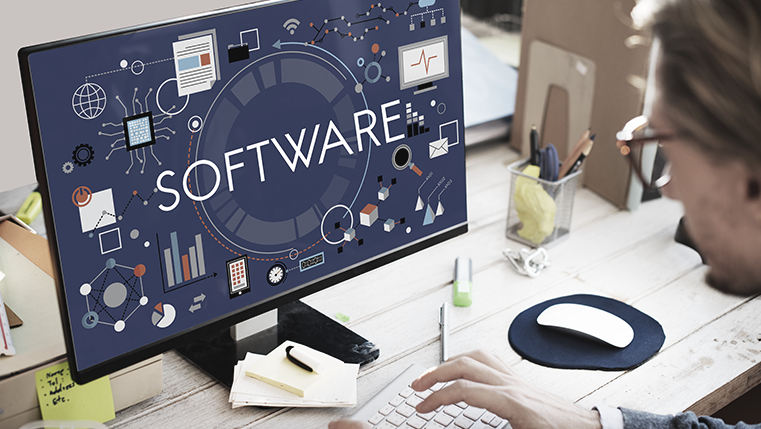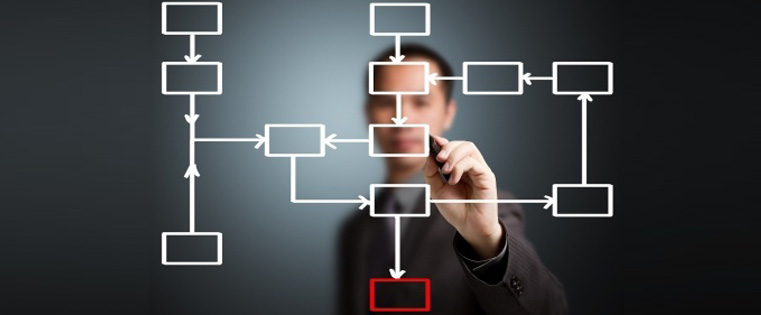Articulate Storyline to Deliver Your Courses in Multiple Languages

It is common knowledge that effective translations of eLearning courses play a key role in imparting first-rate training to international, multilingual workforces. So, how can you translate your course effectively in quick time? Well, you can use Articulate Storyline to translate your courses easily.
Articulate Storyline is very translation-friendly. This tool allows you to export the course as an MS-Word document, which can be provided to the translator. After the document has been rendered into the desired language, it can be imported into Storyline and the course can be accessed on all devices.
Articulate Storyline exports every “piece” of slide text layer and text on every button. A new word document is created, in which the exported text is neatly arranged ina tabular format.
Here are some very useful features that make the translation of your course easy.
1. Localize Slide Content
This feature allows you to modify the slide content, slide layers, slide notes, slides and scenes’ titles, including the master slide contents. To understand this, look at the image below.

2. Localize GUI Player Content
This feature allows you to modify and customize player text labels such as localize buttons, tabs, messages and other player elements for different languages.

Note:
- You can display the global alert pop-ups in the desired language without translating your course. All you need to do is select the language.
- If you are adding navigation buttons in the GUI like Help and exit button. The text on these buttons will not be exported. We need to translate them manually.
- We can edit and modify the player, if we want to make necessary changes to the course.
Lets see some do’s and don’ts while Tranlating your Course in Storyline
Dos of translation:
- Re-arrange: Our experience showed that in certain cases the length of the translated text is more than its English equivalent – sometimes longer by 20%. You need to make sure that the buttons and other elements of the course are large enough to accommodate the expanding text.
- Avoid repeated content: Many times, online courses that need to be translated consist of repeated content, which should be avoided.
- Replace the words: If we remove the words that are repeated, then it becomes difficult to import content into Storyline as it generates unique identity number for each piece of the content. Don’t forget to replace the words, which are removed.
- Prepare the audio script separately for each language: You need to prepare the audio script, separately, once we receive the translated document from the proofreader. It is difficult for the developer, who doesn’t know the language into which the course is translated.
- Re-design the images and videos: You have to redesign the images and videos, as the content in them cannot be exported. It is better to place the text outside the image, and this will make it easy to translate the same.
- Alignment of the tabs and button: Often, the biggest problem is alignment. You know that there are lots of tabs and buttons in the course. The size of the translated text gets smaller if the number of characters in it is more than its English version. This is because the size of the button or the tab remains the same.
- Synchronization (audio animations, texts and images): If you narrate your course, you will have to re-record it in the new language. Be careful, if you have animations. You will have to re-synchronize everything!
Don’ts of translation
- Variables: Do not translate system-generated and user created variables.
- Template: Don’t change the format of the text in the template (font, size, color, style, alignment, etc.), because these changes will be reflected in your project when you import the file into Storyline.
- Unicode: The right column consists of the text that needs to be translated by the translator and the left column contains the code. So don’t edit this code.
By keeping these aspects in mind, you can translate your courses very effectively using Articulate Storyline. Hope you find this blog useful. Do share your views.





